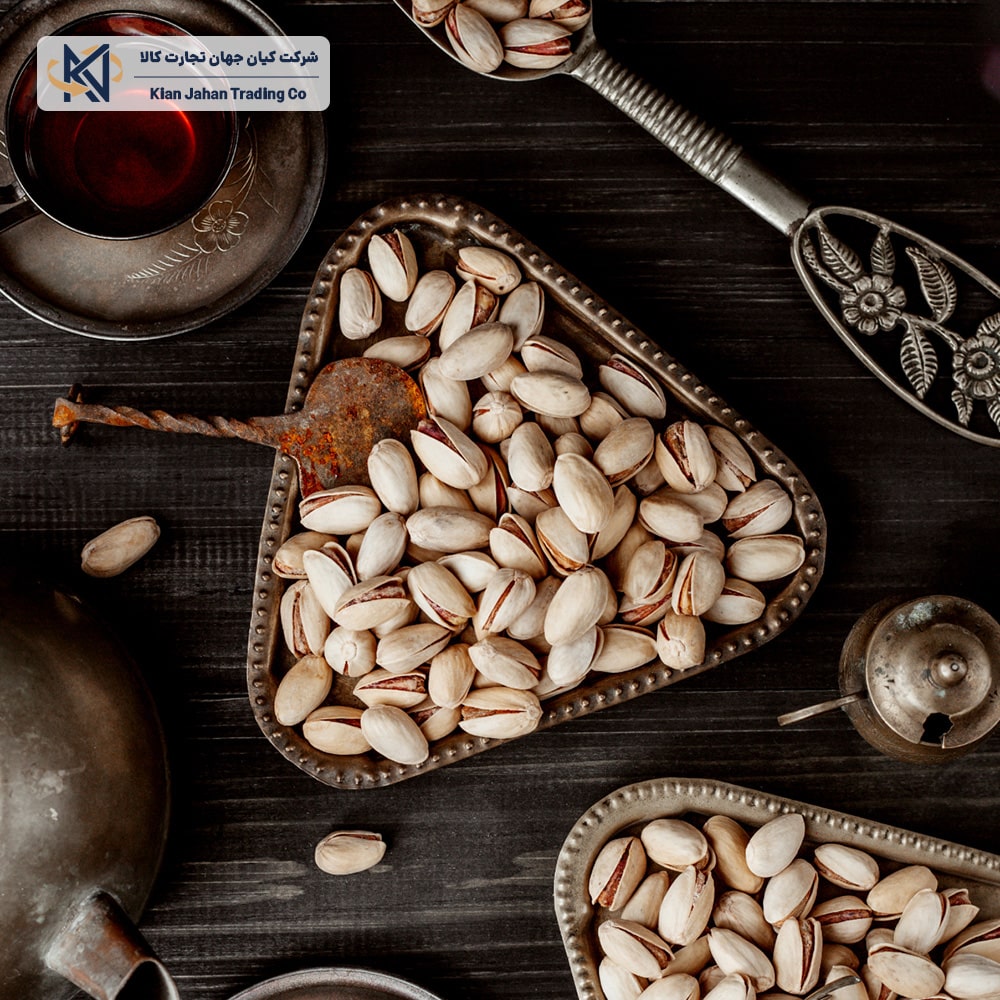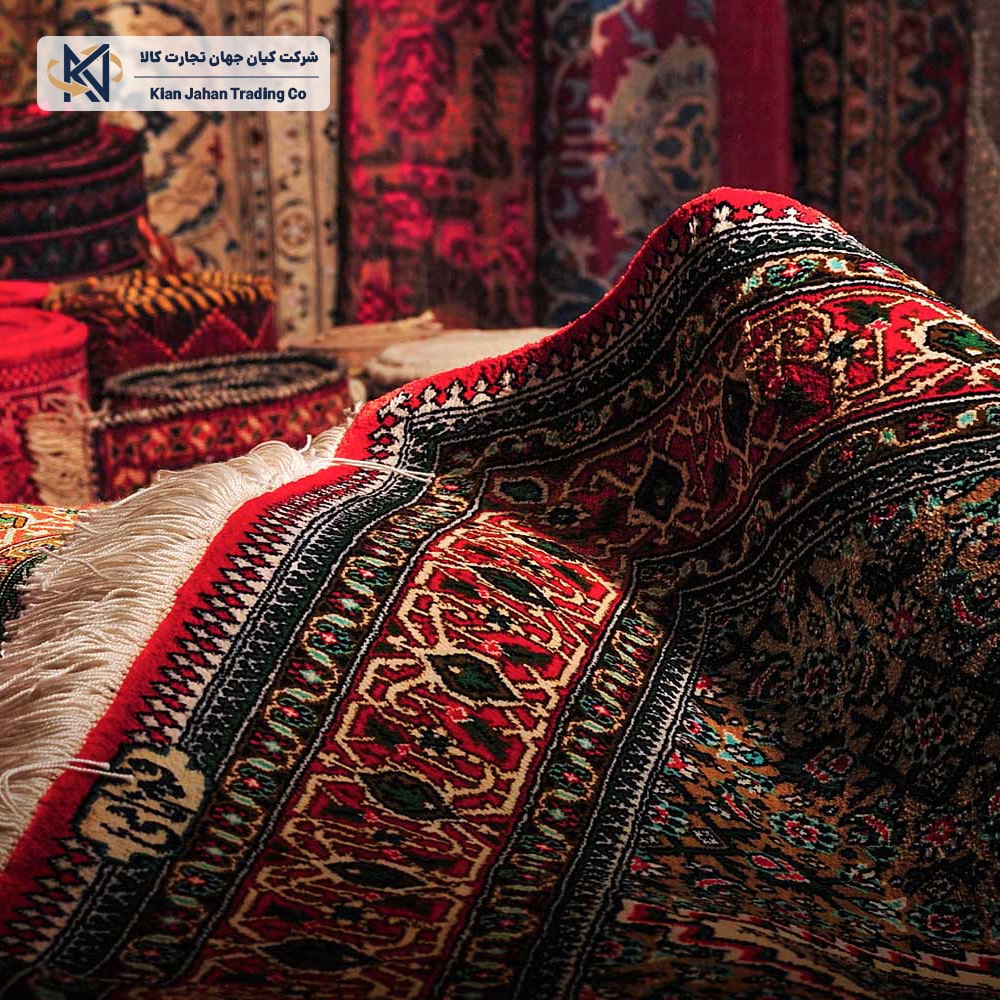Kian Jahan Trading Co
Kian means a perfect and worthy life, and it has been proven that Kian consists of four stages: first, a self-made way of life; second, application; third, results; and fourth, love in the realm of effort, both in the family and in society.
Business coaching in Kian
Business coaching has become a necessity today, with most business owners recognizing its importance. However, there are still individuals who want to develop their businesses but may not fully understand what business coaching is and what a professional business coach does. Business coaching is a two-way relationship between a business owner and a specialized coach in the field of business. It aims to ensure that a business develops effectively towards its goals.


Commerce in Kian
Commerce means the trading of different types of goods, which can be raw and unprocessed or produced as final goods. This concept is called business. Commerce consists of two parts, Internal trading and Foreign Trade.
The concept of domestic trade: If the buying and selling (export and import) of goods takes place inside a country, it is called domestic trade. The concept of foreign trade: If the buying and selling (export and import) of goods and services takes place outside the borders of the country and among different countries of the world, it is called foreign trade or international trade.

Caviar
Elephant fish, Russian fish or Chalbash, Persian fish or Qarabron, Ship fish and ozone-bron fish or Suruga are the main species of sturgeon in the Caspian Sea. Caviar can be supplied raw and fresh or pasteurized, and its nutritional value and economic value decrease after pasteurization.

Pistachio
Pistachio is a small tree that originates from the Middle East and Central Asia and grows in countries such as Iran, Syria, Turkmenistan and western Afghanistan. This tree produces a fruit that is edible and very tasty. Pistachio is a Persian word that entered European languages through Latin.

Iranian carpet
Iranian carpets are indicative of Safavid art (circa 1600 AD). The presence and survival of the carpet in the transition of the history of the Iranian plateau is always considered to be a manifestation of the culture and art of the inhabitants of the villages, cities and people of its nomads and tribes.

![Kian Jahan Trading Co kianjahanco.com | Kian Jahan Trading Co Kian Jahan Trading Co [kianjahanco.com]](https://www.kianjahanco.com/wp-content/uploads/2024/07/Kian-Jahan-Trading-Co-kianjahanco.com_.jpg)